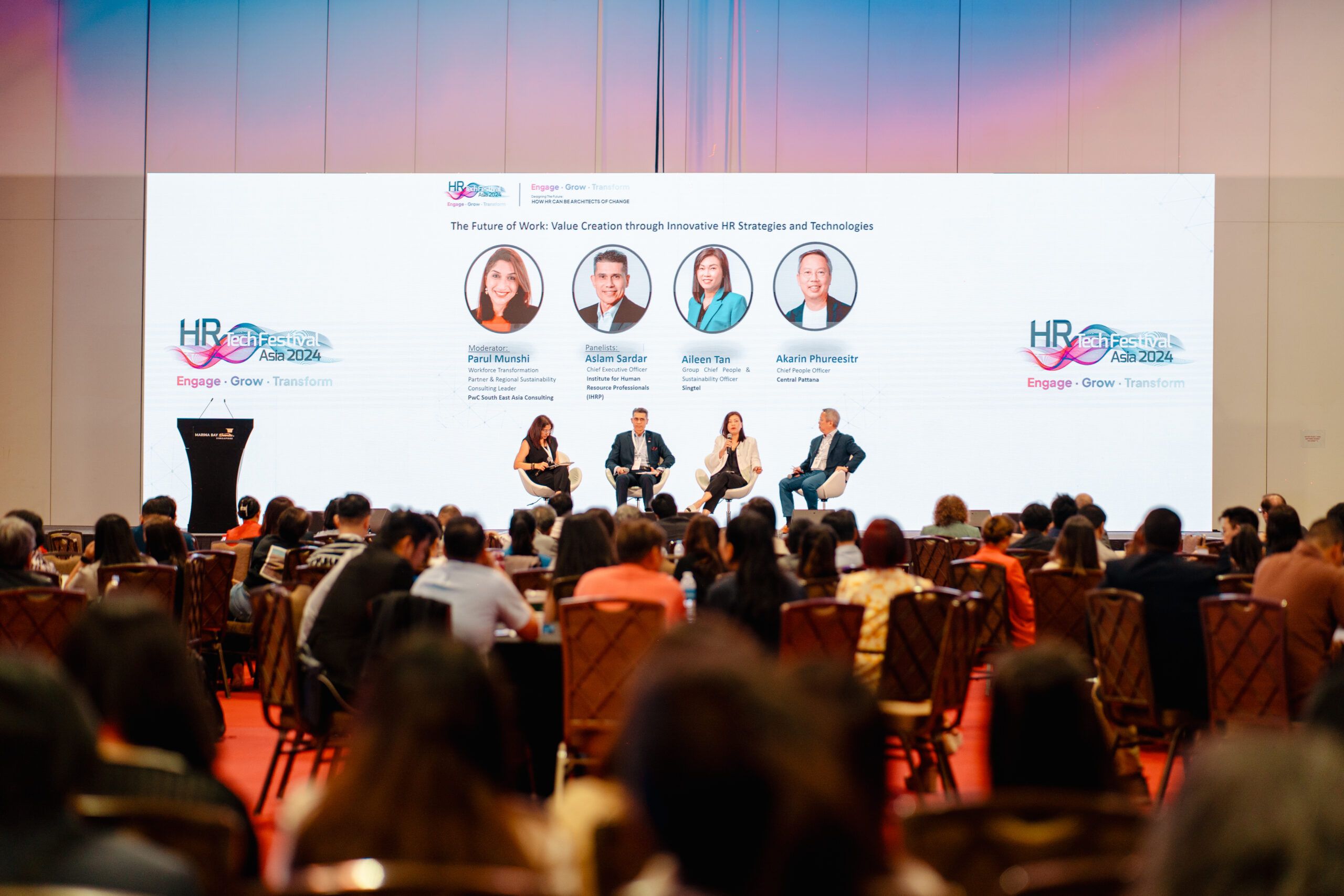AI too costly to replace employees at this point, study reveals

Can artificial intelligence (AI) replace your job? Probably, but it will be too expensive to do so.
In a study published by the Massachusetts Institute of Technology (MIT) that sought to address the anxiety employees across multiple sectors have about AI tools taking over their jobs, researchers found that currently, AI cannot replace the majority of jobs right now in cost-effective ways, reported the Straits Times.
The study, titled Beyond AI Exposure, is one of the first in-depth probes of the viability of AI displacing labour, with researchers modelling the cost attractiveness of automating various tasks in the US, with a focus on jobs where computer vision was employed – for instance, teachers and property appraisers. Computer vision, defined as a field of AI that enables machines to derive meaningful information from digital images and other visual inputs, can be more commonly seen in object detection systems for autonomous driving or categorising photos on smartphones.
What they found was that only 23% of employees, measured in terms of dollar wages, could be effectively replaced, as in most cases, AI-assisted visual recognition was expensive to install and operate. Human employees, in contrast, were able to do the job at less expensive rates.
“‘Machines will steal our jobs’ is a sentiment frequently expressed during times of rapid technological change. Such anxiety has re-emerged with the creation of large language models,” the researchers from MIT’s Computer Science and Artificial Intelligence Laboratory explained.
READ MORE: Thomson Reuters CPO: Reskilling for AI requires ‘adaptability quotient’
“We find that only 23% of worker compensation ‘exposed’ to AI computer vision would be cost-effective for firms to automate because of the large upfront costs of AI systems.”
This study was funded by the MIT-IBM Watson AI Lab, and was conducted using online surveys to collect data on about 1,000 visually-assisted tasks across 800 occupations.



